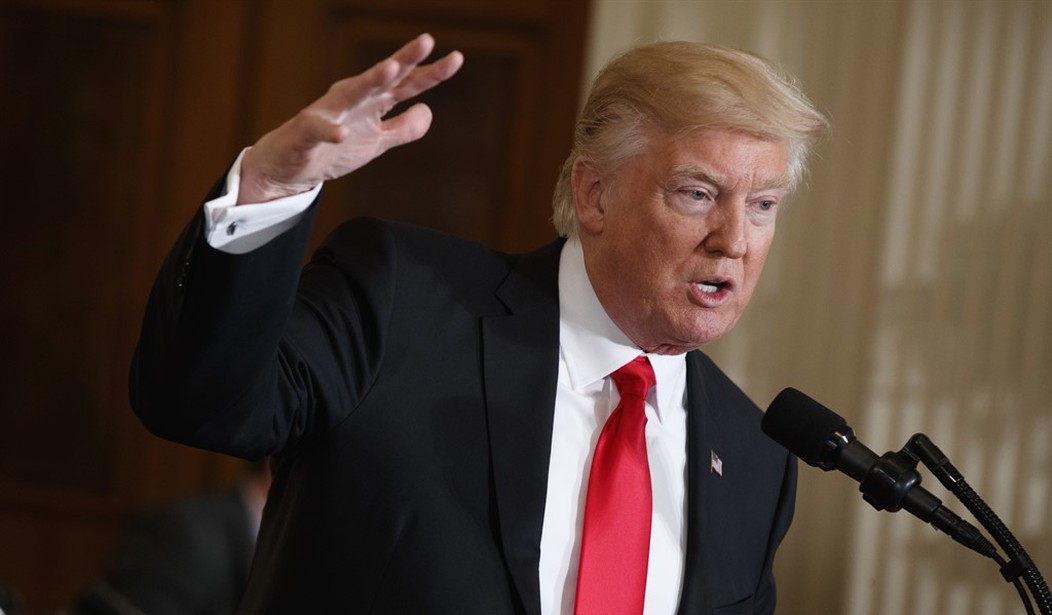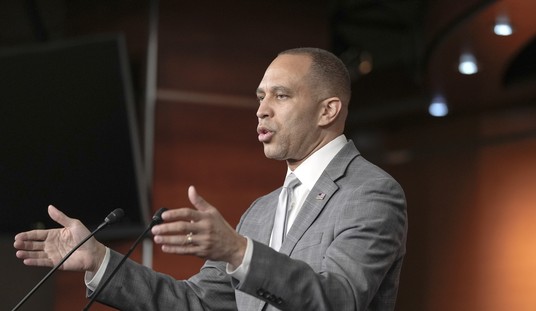Editor's Note: The following is an exclusive excerpt from Roger Stone's new book The Making of the President 2016: How Donald Trump Orchestrated a Revolution.
How could the polls have been so wrong? Virtually every MSM poll showed Hillary as a sure thing. How did they miss the Trump tidal wave?
From the beginning of the race the pollsters in both the Democratic Party and the mainstream media entirely misunderstood and underestimated who would vote. It was never realistic to think that Hillary’s voter turnout model would be exactly like Obama’s. There are numerous reasons why Hillary Clinton did not perform as well among African Americans as Obama did. Hillary’s support was soft and a majority saw her as “dishonest” and “untrustworthy.” Hillary would also bleed among progressive Democrats and Bernie Sanders supporters whose views on trade and war were closer to Trump’s than they were to Hillary’s. The media blissfully went on using an outdated model, padding the numbers of Democrats in their samples either by design or stupidity.
Reuters and ABC were each caught inflating their Democratic sample.
Trump’s pugnacious pollster Tony Fabrizio saw a different model. From the beginning, he assumed a lower black turnout, a surge of white Catholic Democrats who voted for Obama but would move to Trump, and the exodus of older white women, 53 percent of whom ended up voting for Trump. Fabrizio pushed relentlessly to “expand the map” into Wisconsin and Michigan as well as doubling down on western Pennsylvania in order to provide a clear path for Trump to reach 270 electoral votes assuming, as Fabriziodid, that Trump would carry Ohio and Florida.
Recommended
Fabrizio’s turnout model was deadly accurate. The polling of Fabriziocolleagues John McLaughlin and Kellyanne Conway confirmed the wily New Yorkers’ projections.
The answer to why the polls were so wrong is relatively simple. The truth is Hillary Clinton was an unattractive presidential candidate who did little to inspire Democratic voters to go to the polls, especially in comparison to Barack Obama—a charismatic candidate capable of translating the idea of “first black president” into votes. Identity politics worked for Obama because identity appeals were not Obama’s only campaign themes. In 2008, the mantra of “hope and change” resonated with voters tired of America’s seemingly endless wars in the Middle East. The economic downturn caused by the bursting of the subprime bubble just as George W. Bush’s second term was coming to a close gave added energy to Obama’s appeal. Running on her decades of public service experience proved a detriment for Hillary. She could not shake her history of scandals, with Whitewater compounded by the Benghazi disaster, her email scandal, and a Clinton Foundation “pay-to-play” money machine that functioned primarily as a Clinton family piggybank.
The polls relied upon by the mainstream media in 2016 were predicated on the assumption that Hillary would draw Democrats to vote in numbers and proportions similar to those experienced in 2008 and 2012. When that did not happen, the polls erred by oversampling Democrats. The result was that polls skewed to favor high Democratic turnout overplayed Hillary’s support while downplaying Trump’s genuine appeal. What pollsters had failed to estimate correctly in 2016 was the extent to which voters in the heartland of America had become disenchanted with the Obama White House. To say heartland voters were disenchanted in 2016 with the idea of Hillary Clinton succeeding Barack Obama to the White House is an understatement. Hillary Clinton was unique among all candidates in 2016 for her ability to create Hunter S. Thompson-like “fear and loathing.”
White middle-class voters faced the prospect of having to listen to her pontificate for four years as president. While Barack Obama had failed to deliver on the promises he made in 2008, Hillary Clinton by comparison looked old, most likely sick, and generally angry at the world, while being largely devoid of any new ideas. The point is that the Hillary Clinton who lost to Barack Obama in 2008, was the same failed candidate who lost to Donald Trump in 2016.
“Barack Obama’s two victories created the impression of a strong wind at the back of the Democratic Party. Its constituencies—the young, the nonwhite, and the college educated—were not only growing but were also voting in increasing numbers. The age-old issue of voter turnout finally seemed to be helping the political left,” wrote David Leonhardt in the New York Times on November 17, 2016. “The longer view is starting to look quite different, however.
None of the other three most recent Democratic presidential nominees—Hillary Clinton, John Kerry, and Al Gore—inspired great turnout. George W. Bush, as you may recall, was widely considered to have won the political ground game. In off-year elections, Democratic turnout is even spottier, which helps explain the Republican dominance of Congress, governor’s mansions and state legislatures.” The point was clear: In the simplest terms, Republican turnout seems to have surged this year, while Democratic turnout stagnated.
The post-mortem voter analyses were clear. The New York Times pointed out that in counties where Trump won at least 70 percent of the vote, the number of votes cast rose 2.9 percent versus 2012. By comparison, in counties where Clinton won at least 70 percent, the vote count was 1.7 percent lower this cycle. In addition to increasing his share among white women without college degrees, Trump got 29 percent of the Hispanic vote compared to Romney’s 27 percent in 2012, plus 8 percent of the black vote compared to Romney’s 6 percent.Trump could concede the elite in the coastal strip from San Francisco to Los Angeles to San Diego, plus New York City and the boroughs to Clinton, as long as Trump won big among working-class voters in the rest of the nation.
Add to this that over-all African American turn-out was down across the country. The Clintons were hurt by their advocacy of the 1994 Crime Bill which incarcerated thousands of Black men for non-violent crimes and allegations about Bill’s abandoned son Danney Williams who claimed he was banished by Hillary. Over 55 million voters watched his videos on-line in the three weeks before the election. Also, Trump got 3% more of the Black vote than Romney. These two factors alone, depressed Black turnout and small but significant gains among African Americans tipped Michigan, Wisconsin and Pennsylvania.
This was the same lesson Richard Nixon taught the Democrats in 1968. But the Nixon-hatred that dominated the Democratic Party in 1968, morphed into the Bush-hating of the 2000s, to end up at the Trump-hating of today—all to the detriment of the Democrats themselves. The truth is the elite, far-left socialists who currently control the Democratic Party have little in common with the Democratic Party of Harry Truman, John Kennedy, and Sen. Henry “Scoop” Jackson and Daniel Patrick Moynihan. If the far-left elitists controlling the Democratic Party have their way, the Democratic Party will likely become a European-style Social-Democratic Party with decreasing chances of electoral success on a national basis.
























Join the conversation as a VIP Member